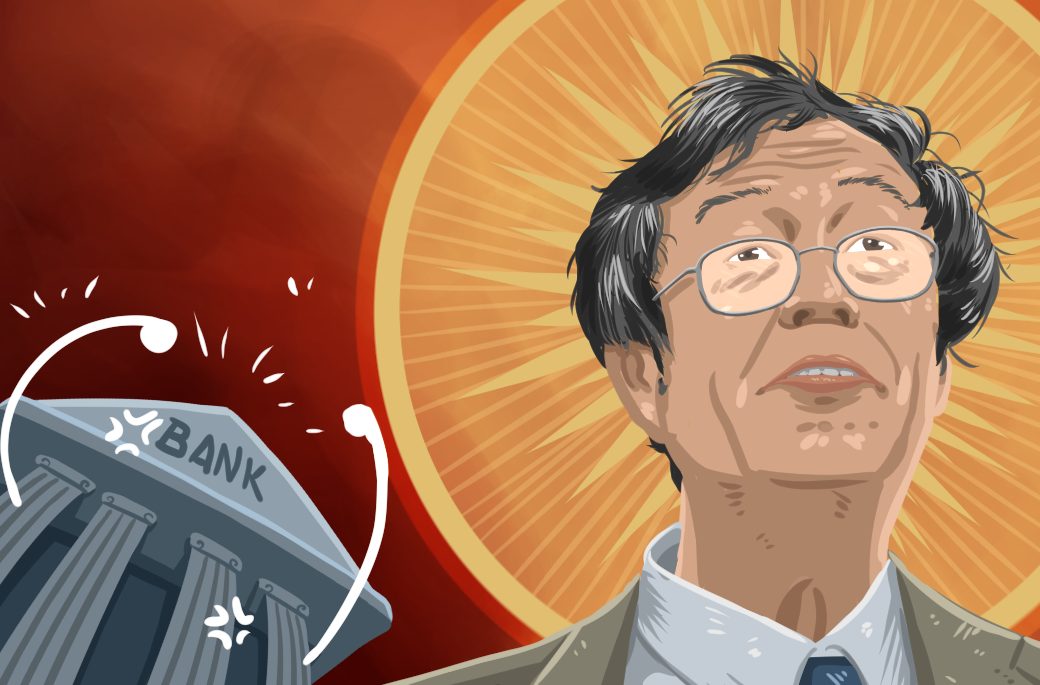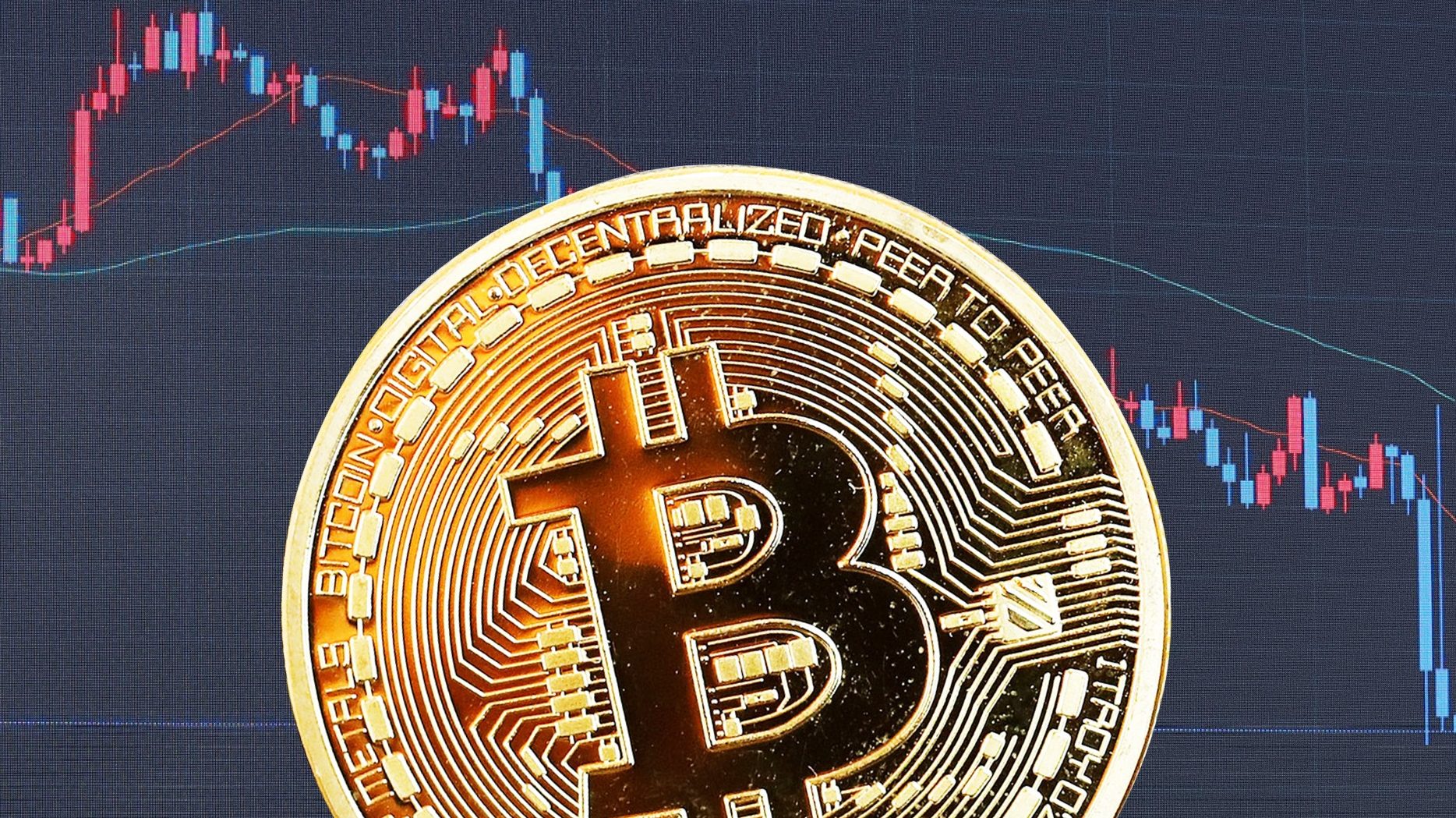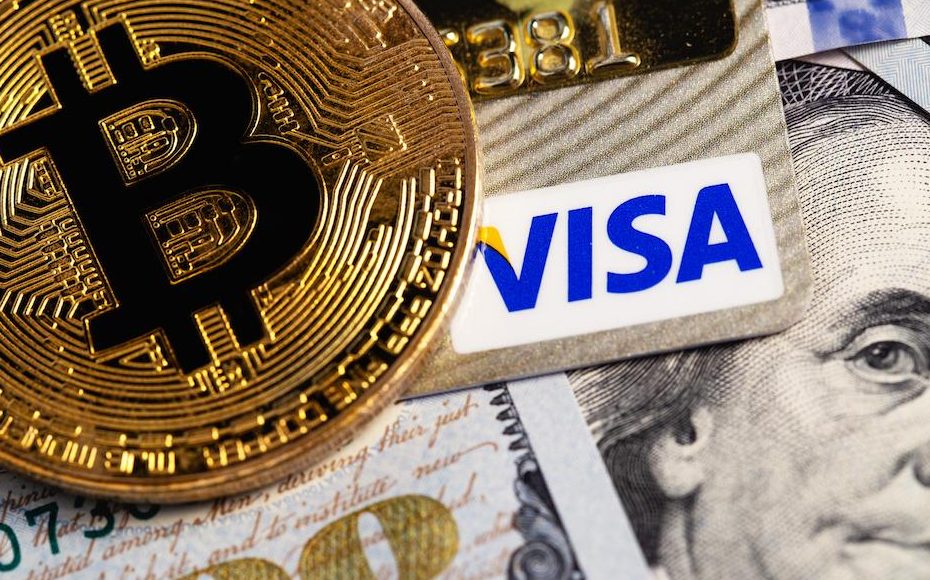The philosophy of blockchain technology involves, among other things, its ontology, how it is represented, how it is created, implemented and adopted, how it works, and how it evolves over time. Can Bitcoin/Blockchain be considered a complex system? If yes, is it a chaotic system? Beyond purely academic curiosity, an affirmative answer would raise concerns about the possibility of Bitcoin/Blockchain entering the chaos of the 2010 Flash Crash, with catastrophic consequences for the financial system built upon it.
Beginning with the dot-com bubble of 1990, advances in information technology provided the backdrop for the unprecedented rise (and fall) of various digital currencies, including e-gold, e-gold, Liberty Reserve, Pecunix, etc., whose main appeal is allowing instant transactions and unlimited transfer of ownership. This concept also includes “virtual” virtual currencies that are only used in certain virtual communities, such as gold coins in the game “World of Warcraft” and Linden Dollars in “Second Life”, or points in credit card loyalty programs and frequently run integral. Recently, we have witnessed a proliferation of cryptocurrencies, digital currencies that use cryptographic protocols and algorithms to secure their transactions, and the creation of other entities such as Bitcoin, created by an individual under the mysterious Japanese alias Satoshi Nakamoto (2008). . By far the most famous.

Bitcoin is not just another new alternative financial entity, it is truly unique in providing a system of electronic transactions that is not based on trust. Unlike a centralized, secure third-party ledger, be it a bank, credit card company, or quasi-bank like PayPal, this feature provides free access to a verified copy of the blockchain, the blockchain. It represents all transactions over a period of time, but does not contain crackable personal identifiers.
Even more notably, in addition to enabling this “new form of money” by combining BitTorrent peer-to-peer file sharing with public key cryptography, blockchain technology can also be used to record almost anything that can be expressed in code: Birth and death certificates, marriage licenses, title deeds and titles, financial accounts, medical records, ballots, food sources, etc. Currently, a Governance 2.0 initiative is using blockchain to let refugees in Europe create digital identities, allowing them to cryptographically prove their existence and their families, and receive and spend money without a bank account. Of course, that last point raises issues of cryptography, cybersecurity, and money laundering. Beyond currency, which can be understood as a “blockchain 1.0” layer, contracted to “blockchain 2.0,” Swan envisions a “blockchain 3.0” phase where blockchain technology will spread to other fields such as health, science, Literacy, culture and the arts.
On the other hand, we’ve seen a proliferation of smart “things”—physical or virtual objects embedded in electronics, software, sensors, and internet connections. In addition, this “Internet of Things” (IoT) began to develop, gathering knowledge from interactions with other networked “things” and people, eventually becoming known as the “Internet of Everything”. Thus, Tapscott and Tapscott argue that the Internet of Everything requires a Ledger of Everything, and business, business, and business requires Digital Reckoning (2016), similar to Swan’s vision of an “Interconnected Computing World” based on encrypted blockchains.
All of these possibilities point to a new world that we must understand, and philosophy can help us in this task by providing the conceptual framework within which to understand it.
Safety
Various potential attacks, both real and theoretical, on the Bitcoin network and its function as a payment system have been considered. The Bitcoin protocol includes several features that protect it from some of these attacks, such as: B. Unauthorized spending, double spending, bitcoin forgery, and blockchain manipulation. Other attacks such as B. Stealing the private key need to attract the attention of users.
Unauthorized charges
Bitcoin uses public-private key cryptography, which reduces unauthorized spending. For example, if Alice sends bitcoins to Bob, Bob will become the new owner of the bitcoins. Eve observing the transaction might want to spend the bitcoins Bob just received, but she can’t sign the transaction without knowing Bob’s private key.

Double spend
A specific problem that Internet payment systems must solve is double spending, where a user pays the same currency to two or more different payees. An example of this type of problem is Eve sending bitcoins to Alice and then sending the same bitcoins to Bob. The bitcoin network prevents double spending by recording all bitcoin transfers on a ledger (blockchain) visible to all users and ensuring that any transferred bitcoins have not been previously spent.
Racial attack
If Eve pays Alice in bitcoins in exchange for goods and signs the corresponding transaction, it is still possible for her to simultaneously create another transaction and send the same bitcoins to Bob. According to the rules, the network only accepts one of these transactions. This is called a race attack because there is a race to accept transactions first. Alice can reduce the risk of racial attacks by specifying that she will not deliver the goods until Eve’s payment to Alice appears on the blockchain.

A variant of the Race Attack (known as the Finney attack, in reference to Hal Finney) requires the participation of miners. Instead of sending two payment requests to the network (paying Bob and Alice with the same coin), Eve only sends Alice’s payment request to the network, and the accomplice tries to mine a block containing the payment to Bob instead of Alice. It is possible for a rogue miner to succeed before the network, in which case the payment to Alice would be rejected. As with a simple race attack, Alice can reduce the risk of a Finney attack by waiting for the payment to enter the blockchain.
story changeEach block added to the blockchain, starting with the block containing a specific transaction, is called a confirmation of that transaction. Ideally, merchants and services that accept Bitcoin for payment should wait for at least one confirmation to be distributed in the network before assuming that the payment has been made. The longer merchants wait for confirmation, the harder it is for an attacker to successfully reverse transactions on the blockchain—unless the attacker controls more than half of the network’s performance, in which case it’s called a hack. 51%
Customer de-anonymization
Deanonymization is a data mining strategy in which anonymous data is cross-referenced with other data sources to re-identify the anonymous data source. In addition to analyzing transaction graphs that can reveal connections between bitcoin addresses (pseudonyms), there is also a possible attack that links users’ pseudonyms to their IP addresses. If the peer is using Tor, the attack involves a method of disconnecting the peer from the Tor network and forcing them to use their real IP address for all further transactions. The attack uses Bitcoin’s peer-to-peer address transfer mechanism and anti-DoS protection. The cost of attacking the entire Bitcoin network is less than 1500 euros per month.
Payment confirmation
Each miner can choose which transactions to include or exclude from a block. A higher number of transactions in a block does not equate to more computing power required to solve the block.
When a new transaction is received, nodes must verify it: specifically verify that any input to the transaction has not been spent before. In order to perform this check, nodes must have access to the blockchain. Any user who does not trust the neighbors of the network should keep a full local copy of the blockchain in order to verify every input.

As mentioned in Nakamoto’s white paper, Bitcoin payments can be verified without running a full network node (Simplified Payment Verification, SPV). A user simply needs to poll the network nodes for a copy of the longest-chain block header available until it becomes apparent that the longest chain is obtained; then obtain the branch of the Merkle tree linking the transaction to its block. Linking a transaction somewhere in the chain proves that a network node accepted it, and subsequently added blocks further establish confirmation.
Data on the blockchain
While any digital file can be stored on the blockchain, the larger the transaction size, the higher the associated fees. Various items are embedded, including website URLs, ASCII art images of Ben Bernanke, footage of WikiLeaks cables, prayers from Bitcoin miners, and the original Bitcoin white paper.
Suspected criminal activity
Criminal use of bitcoin has drawn attention from financial regulators, lawmakers, law enforcement and the media. The FBI prepared intelligence assessments, the SEC issued a clear warning against investment schemes using virtual currencies, and the U.S. Senate held virtual currency hearings in November 2013.
Several news outlets said bitcoin’s popularity hinges on the ability to use it to buy illicit goods. In 2014, researchers at the University of Kentucky found “strong evidence that hobbyist and illicit activity drives interest in bitcoin, but little or no support for political and investment motives.”
Black market
A researcher at Carnegie Mellon University estimated that in 2012, between 4.5% and 9% of all transactions on all exchanges worldwide were for drugs on Silk Road, a single dark web drug market. Child pornography, murder warrants and firearms can also be bought on black market sites for bitcoin. Due to the anonymity and lack of centralized control of these markets, it can be difficult to know if these services are legitimate or just want to take bitcoins.

Some deep web black markets have been shut down by authorities. In October 2013, US law enforcement shut down Silk Road, causing a short-term drop in the value of Bitcoin. In 2015, the site’s founder was sentenced to life in prison. Alternative sites soon emerged, and the ABC reported in early 2014 that the closure of Silk Road had had little impact on the number of Australians selling drugs online, which was actually increasing. In early 2014, Dutch authorities shut down Utopia, an illegal online goods marketplace, and confiscated 900 bitcoins. In late 2014, European and U.S. authorities confiscated bitcoins and shut down 400 Deep websites, including the Silk Road 2.0 marketplace for illegal goods, in a joint police operation. Law enforcement activities resulted in multiple convictions. In December 2014, Charlie Shrem was sentenced to two years in prison for indirectly helping to send $1 million to drug website Silk Road, and in February 2015 its founder Ross Ulbricht was found guilty of drug offenses and sentenced to a double life sentence. Imprisonment plus 40 years.
Some black market sites may try to steal bitcoins from customers. The Bitcoin community has flagged a website called Sheep Marketplace as a scam because it blocked withdrawals and was shut down following an alleged Bitcoin theft. In another case, the Bitcoin escrow account of another black market client was hacked in early 2014.
According to the Internet Watch Foundation, a British charity, Bitcoin is being used to purchase child pornography, and nearly 200 such sites accept Bitcoin as payment. Bitcoin isn’t the only way to buy child pornography online, as Troels Oertling, head of Europol’s cybercrime unit, points out: “Ukash and paysafecard… [are also] used to pay for such material .” However, the Internet Watch Foundation lists about 30 sites that only accept bitcoin. Some of these sites have been shut down, such as deep web crowdfunding sites that attempted to fund the creation of new child pornography. Additionally, hyperlinks to child pornography sites have been added to the blockchain, as any data can be included in transactions.
Money laundering
Bitcoin may not be ideal for money laundering because all transactions are public. Authorities — including the European Banking Authority, the FBI, national treasury (South Africa) and the G7 Financial Action Task Force — have expressed concern that Bitcoin could be used for money laundering.

In early 2014, American bitcoin exchange operator Charlie Shrem was arrested on money laundering charges. He was later sentenced to two years in prison for “aiding and abetting an unlicensed remittance business”.
Alexander Vinnik, the alleged owner of BTC-e, was arrested in Greece on July 25, 2017, on charges of laundering $4 billion in violation of U.S. Anti-Money Laundering (AML) laws. A HM Treasury and Home Office report titled “UK National Money Laundering and Terrorist Financing Risk Assessment” (October 2015) found that of the 12 methods examined in the report, Bitcoin had the lowest risk of being used for money laundering The most common method of money laundering is the bank.
Roman Sterlingov was arrested on April 27, 2021, for laundering approximately 1.2 million bitcoins, or $336 million. According to the IRS Criminal Investigation report, Sterlingov was the main operator of the Bitcoin Fog cryptocurrency tumbler launched in 2011.





